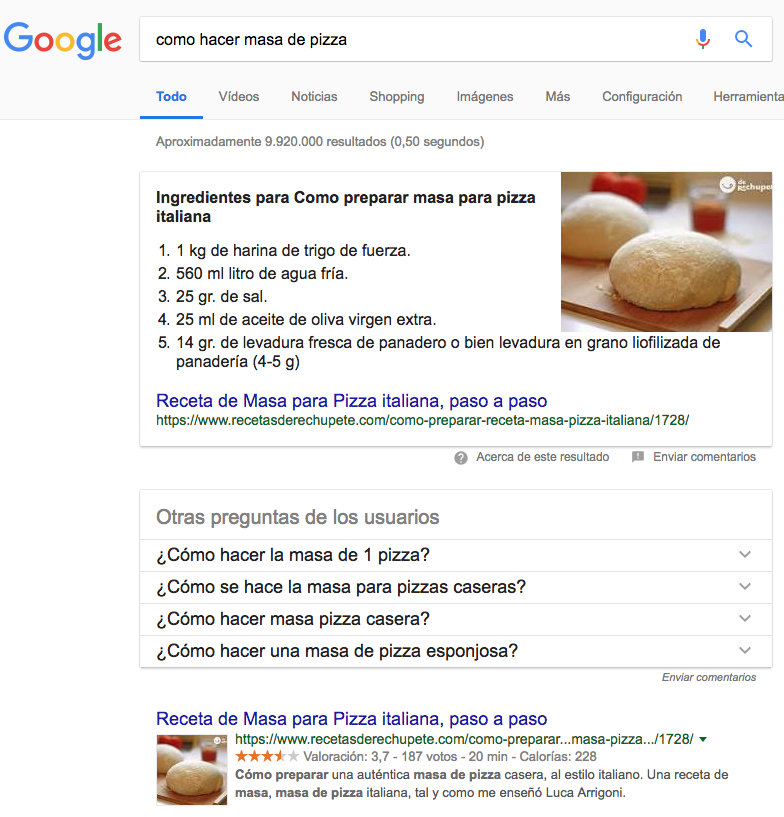1. Google’s modifications.
Part of our online strategy has led us to create content and optimize it for search engines like Google, with the goal of attracting more customers organically. Based on an SEO strategy, we have sought to respond to the searches of our potential customers by creating this valuable content, to capture and retain them.
{{cta(‘bb2971b9-bf36-4c36-8edc-75223dba5208’)}}
However, our content generation model to attract organic traffic is not profitable for Google, hence the latest changes that the great search engine has implemented in its SERPs. And is that if you have noticed, the search engine has included snippets as “Other user questions” to claim its own traffic.

If you have tried clicking on any of these featured questions, you will have noticed that Google keeps adding more questions, which detracts even more visibility to your content if it is not on the first page. In addition, in cases where these featured questions appear, the number of organic results on the first page of the SERPs is lower. In these cases, those who get higher visibility are those who have positioned for the listing questions.
What is the solution? A hybrid strategy that combines SEO and AdWords with specific keywords, starting from the basis of a content strategy worked for the user that follows a Topic Cluster model.
2. The evolution of Social Networks.
In their origin, the first social networks were perfect for the promotion of a company’s main channel: its website. It was common to see a greater reach for posts that led to the blog or other content pages than today. Why? Because their algorithms have positioned themselves in favor of content that is created exclusively for these networks.
For example, Facebook have started to prioritize content from friends over content with external links showing. And LinkedIn follows the same steps by prioritizing videos and own articles for this social network that do not lead to an external page. In short, they have stopped helping you get more traffic to your main channel. Because now our biggest competitors are users and not companies.
What is the solution?
Grosso modo, for your content to be profitable you must work on versions that adapt to each channel and not just share the one that appears on the main one. That is, recycle the content in formats designed for different platformss, always looking for your target user.
3. The appearance of the RGPD.
One of the most important phases in our online marketing strategy is the conversion. And is that most of the actions we implement are to get contacts with which to feed our database or CRM. Then, by generating engagement with our content we can get these contacts interested enough to become our final customers.
In this conversion process, forms have always been one of our most important tools at online level. However, the General Data Protection Regulation (GDPR) recently approved by the European Union has established new regulations on how companies can obtain, store, manage or process personal data of EU citizens.
And while this is an advance in data protection, it also complicates the marketing work in the conversion phase, making us rethink our strategies.With the appearance of the RGPD, we have been forced to purge our contact database, eliminating those contacts who no longer wish to have a relationship with our company, or whose personal data is unnecessary for the objectives we have set.
What is the solution?
Today we must be very clear about the object of consent of our contacts. That is, when they fill out a form to what type of marketing actions they give their explicit consent. Therefore, each form and email marketing action must have a specific objective. Our database can be affected in terms of quantity, but the quality of our contacts can be affected in terms of quality.

